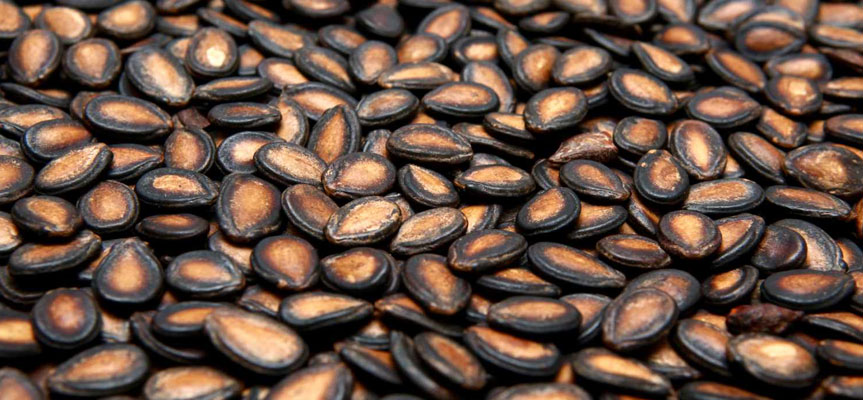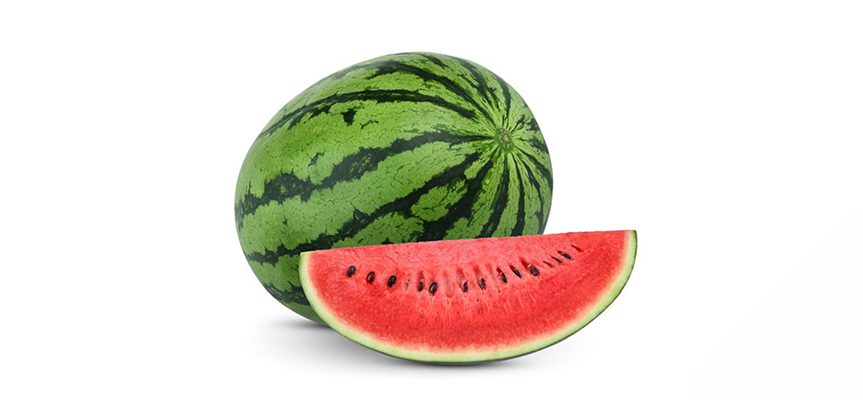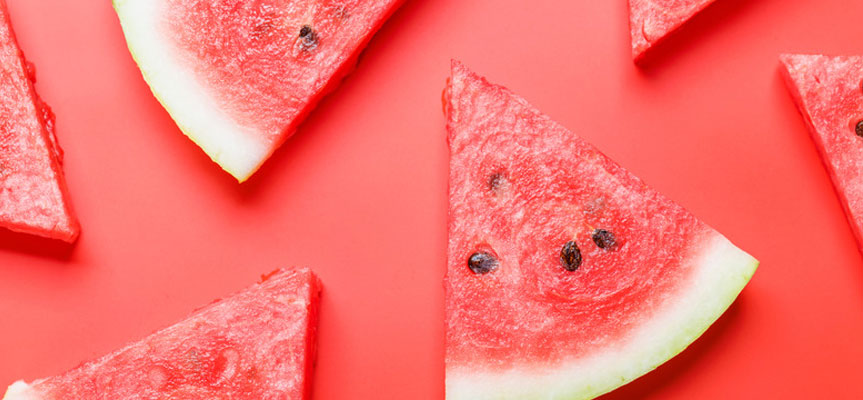In recent decades, modern agriculture has brought about a major transformation in the methods of producing agricultural products. Watermelon, as one of the most popular summer fruits, has not remained untouched by this trend. Rising global consumption, the demand from export markets especially Arab countries and the limitation of water resources have driven farmers toward adopting new technologies and modern methods to cultivate this crop. In this article, we will examine all aspects of modern watermelon agriculture from a specialized and practical perspective.
The Economic Importance and Global Market of Watermelon
Watermelon is considered one of the most important agricultural products in the world and plays a key role in the agricultural economy. This delicious and water-rich fruit is not only a staple in people’s diets but also holds significant value as an export commodity. In recent years, due to increasing demand in both domestic and international markets, watermelon production has seen notable growth through industrial and modern agricultural practices.
The global watermelon market continues to expand due to its unique taste, health benefits, and the growing demand for natural and healthy products. Leading watermelon-exporting countries such as Turkey, Iran, Egypt, and China have increased their market share by leveraging modern technologies and seed breeding improvements. Additionally, exporting watermelon to Arab countries which represent a large and high-demand market presents a golden opportunity for Iranian farmers and exporters.
From an economic standpoint, watermelon is a crop that not only offers high yield per unit area but also generates significant employment across various segments of the production-to-market chain. Therefore, the use of modern agricultural methods to increase productivity and reduce costs is of particular importance.
Choosing the Right Watermelon Seeds for Modern Farming
Selecting the right watermelon seed is one of the most crucial steps in modern agriculture, directly affecting the product’s quality, quantity, and resistance. Improved seeds, especially under changing climatic conditions and water scarcity, can make a significant difference.
In modern agriculture, seeds that are resistant to drought, pests, and diseases, and also have shorter growing periods, are highly valuable. These seeds not only increase yield but also reduce the need for chemical fertilizers and frequent irrigation, ultimately helping preserve natural resources.
Reputable brands in watermelon seed breeding offer high-quality products that, when combined with smart agriculture technologies, enable better farm management and risk reduction. Additionally, focusing on seed quality such as high germination rates and uniform growth is key to successful watermelon cultivation in both open fields and greenhouses.

The Best Season for Planting Watermelon
Precise timing of watermelon planting has a significant impact on the crop’s quality and yield. Watermelon is a heat-loving plant that requires full sun, so the best planting season depends on the region’s climate.
In temperate and semi-arid areas, spring particularly late April to May is the ideal time for planting watermelon in open fields. This timing ensures the plant receives maximum sunlight and heat during its growth period in summer, producing sweet, high-quality fruit.
In greenhouse watermelon farming, planting during cold seasons is also possible, provided that temperature and humidity are carefully managed. Moreover, the use of modern technologies like climate control systems and drip irrigation allows farmers to harvest under optimal conditions in any season.
Knowing the best time to plant watermelon not only increases farm productivity but also prevents issues such as late maturation or damage from spring frost.
Soil Preparation for Open-Field Watermelon Planting
Before planting, soil must be plowed, leveled, and enriched with appropriate organic or chemical fertilizers. Sandy-clay soils with good drainage are the best medium for watermelon growth.
Watering Methods for Watermelon: Why Drip Irrigation is the Best Choice
In modern watermelon farming, drip irrigation is one of the most effective methods for water conservation and increased productivity. This system delivers water and nutrients directly to the roots, reducing watermelon crop loss.
Suitable Fertilizer for Watermelon
Optimal fertilization is a critical factor in modern watermelon agriculture, directly influencing plant growth, fruit quality, and yield. Watermelon has specific nutrient requirements, and fertilizers should be selected based on soil type and the results of soil tests.
Nitrogen (N), phosphorus (P), and potassium (K) are the main nutrients essential for watermelon growth. Nitrogen promotes leaf and stem growth, phosphorus is important for root development and flowering, and potassium enhances the sweetness and quality of the fruit.
In modern agriculture, the use of compound fertilizers to improve nutrient absorption and fruit coloration has become common. Additionally, organic and biofertilizers, which are less harmful to the environment, are increasingly replacing traditional chemical fertilizers.
The fertilization schedule should be set periodically and according to the watermelon’s growth stage to increase efficiency, avoid overuse of fertilizers, and support the sustainability of watermelon farming.
Using Greenhouses to Increase Watermelon Productivity
Greenhouse watermelon farming, especially in cold regions, allows better control over environmental conditions, pest prevention, and reduces reliance on weather patterns. Greenhouse production also results in higher-quality fruit suitable for export.
Modern Technologies in Watermelon Production
The agricultural industry is rapidly moving toward the adoption of modern technologies, and watermelon production is no exception. Modern technologies in watermelon farming include smart farming systems, drip irrigation, soil moisture sensors, and climate monitoring systems.
Drip irrigation, regarded as the best method for watering watermelon, saves water and precisely meets the plant’s moisture needs, ultimately boosting productivity. This system also helps prevent the spread of fungal diseases caused by excess moisture.
In addition, the use of data mining and artificial intelligence in watermelon farm management allows for better prediction of growth conditions and faster responses to environmental threats. The use of drones to monitor farm conditions and the application of biotechnology to breed drought-resistant watermelon seeds are also prominent examples of modern watermelon agriculture.
Watermelon Farm Management in Modern Agriculture
Proper farm management includes precise planning for irrigation, plant nutrition, pest monitoring, disease control, and harvest scheduling. Utilizing information systems and crop performance modeling can support more accurate decision-making.

Challenges Facing Modern Watermelon Agriculture
Despite technological advances, modern watermelon farming still faces challenges that require proper solutions to ensure sustainable development. Limited water resources, climate change, rising production costs, and outbreaks of pests and diseases are among the major issues in this field.
Water shortages in many regions force farmers to adopt low-water irrigation methods and breed resistant varieties. However, implementing these technologies requires initial investment and proper training, which may be difficult for small-scale farmers.
Moreover, managing watermelon farms against pests and diseases especially in greenhouse settings is a significant challenge that cannot be effectively tackled without smart monitoring and prediction systems.
Export market issues and price fluctuations also impact the profitability of modern watermelon farming. Therefore, targeted marketing strategies and product quality improvements must be prioritized.
Harvesting Watermelon: Timing and Techniques
Harvesting is the final and crucial stage in the production chain, directly influencing the farm’s economic success. The optimal harvest time is when the fruit reaches peak sweetness and quality.
Indicators of harvest readiness include the color of the skin, a hollow sound when tapped, and the underside of the watermelon (contact point with the ground) turning cream or light yellow. Premature or delayed harvesting can reduce product quality and cause significant losses.
Optimal harvesting techniques involve using specialized tools to detach the watermelon from the vine without damaging the fruit or plant. Additionally, storage and transportation must be conducted in a way that prevents pressure and impact damage to maintain quality.
Training farmers and farm workers on the best timing and methods for watermelon harvesting directly contributes to increased productivity and reduced waste.
Methods for Reducing Watermelon Product Loss
Minimizing watermelon loss is a key challenge in modern agriculture that not only boosts farmers’ income but also helps conserve resources and protect the environment. Losses can occur at planting, growth, harvest, and post-harvest stages.
At the planting stage, using improved watermelon seeds and following technical planting practices in open fields or greenhouses helps reduce initial losses. During the growth phase, regular irrigation and pest and disease control using smart farming methods are essential.
Post-harvest, proper storage, use of standard packaging, and proper transportation can minimize spoilage.
Implementing modern methods in farm management and leveraging advanced agricultural knowledge are key to reducing losses and improving the quality of the final product.

Watermelon Export to Arab Countries: Opportunities and Challenges
Due to dry climates and limited domestic production, Arab countries represent a large market for watermelon exports. By complying with international standards, using proper packaging, and offering high-quality products, export potential can be expanded. Modern watermelon farming plays a vital role in achieving this goal.
Read more :How to Find Customers for Export?
Smart Watermelon Farming: A Sustainable Future
The integration of advanced technologies with agricultural knowledge has led to the emergence of smart farming. This approach enables optimal resource usage and significantly increases productivity. Machine learning algorithms and data analysis have also become valuable tools for farmers.
Conclusion
Modern watermelon agriculture, by utilizing advanced technologies, seed breeding, and scientific planting and harvesting methods, promises a bright and profitable future for farmers, exporters, and businesses in this field. The economic importance of watermelon and the vast global market opportunities make this crop one of the main pillars of smart agricultural development.
By selecting the right seeds, managing farms efficiently, applying advanced fertilization and irrigation, and employing innovative technologies, high productivity and reduced crop losses can be achieved. Moreover, focusing on challenges and scientific solutions paves the way for sustainable production and successful entry into export markets.
Innovative companies and centers, through specialized products and services, play a key role in advancing modern watermelon farming and supporting farmers on the path to sustainable and profitable production.
If you want to be a leader in the highly competitive world of watermelon agriculture, take these technologies and insights seriously and start moving toward smart, efficient farming today.
Frequently Asked Questions
How can we grow high-yield watermelon?
By using improved seeds, drip irrigation, proper nutrition, and precise farm management.
What type of watermelon seeds are suitable for modern agriculture?
Drought- and pest-resistant hybrid seeds with health certifications are recommended for modern farming.
How can we increase watermelon farm productivity?
By using smart technologies, efficient irrigation, optimized nutrition management, and precise pest monitoring.
What’s the best season to plant watermelon?
Depending on the region, late March to mid-April is ideal for open-field watermelon planting.
How do we prepare watermelon for export?
With timely harvesting, proper packaging, and adherence to export standards.

